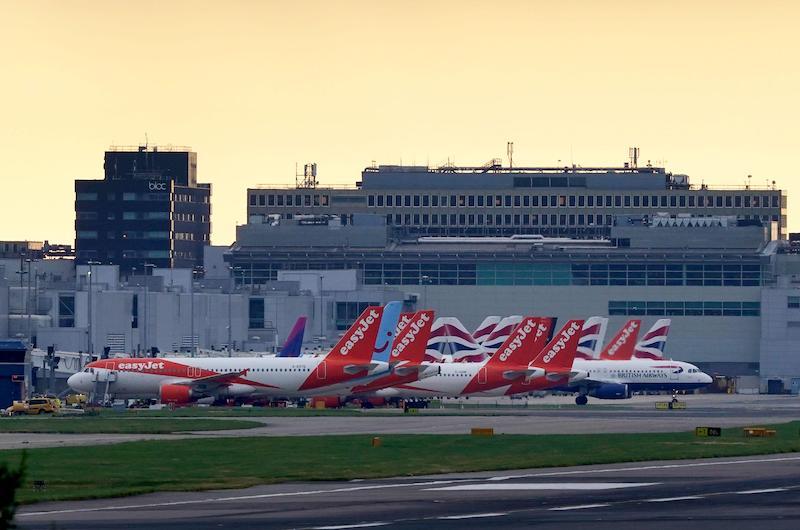
Industry groups are welcoming the initiative, viewing it as an important step toward alleviating congestion and improving efficiencies.
Plans to introduce a single entity for modernizing the design of UK airspace as part of efforts to reduce delays, emissions and noise pollution are being brought forward.
The UK Transport Department and the Civil Aviation Authority (CAA) have launched a consultation that seek views on the creation of a UK Airspace Design Service (UKADS), a team of aviation specialists focused on enhancing flight operations across UK airports, beginning with an initial emphasis on London’s airspace.
“UK airspace is one of the nation’s biggest invisible assets, but it’s been stuck in the past—a 1950s pilot would find that little has changed,” UK Aviation Minister Mike Kane says. “In many cases, today’s aircraft still use the same outdated routes flying further than necessary at suboptimal altitudes and speeds because the routes rely on the location of the ground navigation beacons, instead of following shorter, more efficient flight paths.”
This modernization effort, first outlined in 2018, aims to address inefficiencies that cause delays, environmental impacts and operational bottlenecks. Research from NATS, the UK air traffic control provider, predicts that without these upgrades, national delays could increase by more than 200% by 2040, with one in five flights experiencing disruptions of more than 45 min.
UKADS will use new technology to enable aircraft to fly more direct routes, improving climb and descent profiles for more energy-efficient operations and helping to reduce carbon dioxide emissions. The service is also expected to play a role in integrating future technologies, such as remotely piloted aircraft systems, into UK airspace in a safe and efficient manner.
UKADS will be introduced in phases, starting with London and the southeast of England—some of the most congested airspace in the world—before expanding to other UK regions. This phased approach is intended to ensure a smooth rollout while minimizing disruptions during the transition.
Industry groups have welcomed the initiative, viewing it as an important step toward alleviating congestion and improving efficiencies in the UK’s airspace system, as well as enhancing coordination among airports, airlines and air navigation service providers.
“When combined with proposals on how this system will be funded, this marks a positive step forward that will give the whole process momentum and meet airports’ desire to see airspace modernization delivered as quickly as possible,” says Karen Dee, CEO of AirportsUK, the trade body for UK airports.
Tim Alderslade, CEO of Airlines UK, which represents carriers including British Airways and Virgin Atlantic, adds that overhauling the UK’s airspace is essential for minimizing delays and enhancing resilience for both passengers and cargo operators amid growing congestion, as well as for achieving the industry’s net-zero emissions goals.
The British Airline Pilots’ Association echoed these sentiments, saying that UKADS will help deliver a “modern, efficient, safe and sustainable airspace system” that the country urgently needs.
UK airspace is currently a complex system divided into three vertical categories and five classes. Commercial airlines operate in controlled airspace around major airports, where air traffic controllers manage operations based on flight plans. In uncontrolled airspace, primarily used by recreational flyers, military aircraft and drones, pilots can choose their own routes while following CAA safety regulations.
The consultation, which is open until Dec. 17, will also address key aspects of the proposal, including how UKADS will be funded and whether new legislation will be required to ensure its implementation.





